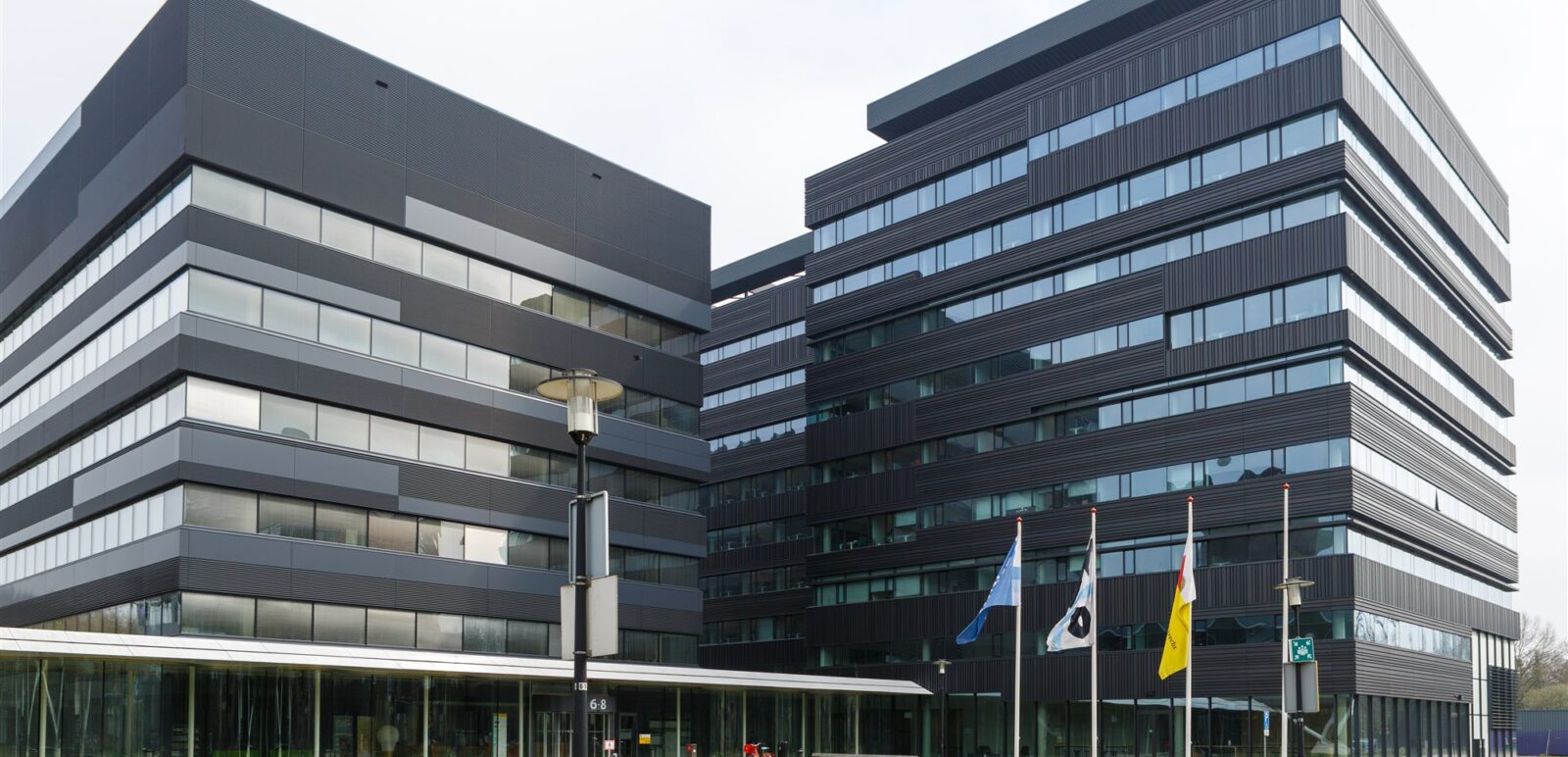Tables
A table is a clear representation of figures. The structure of the table depends on the objective. What do you want to show the reader: a development over time or a comparison between two cities? Once you have decided that, it is easy to make choices, for example, about:
- the order of the research units.
- the use of absolute or relative values.
- the years shown in the table (will you also include all intervening years?).
[collapse title= “Guidelines for making a good table”]
A good table satisfies the following conditions:
- The table only contains information that fits in with the text. Any unnecessary information has been removed.
- The table has a number, an informative title and a source reference, which can be found in the bibliography. If you are presenting data from your own research, you do not need to reference the source. This applies to both tables and figures. Sometimes a caption is useful for providing information that you do not want to include in the title because of the length.
- The research objects are presented in the rows, the variables in the columns. A row runs from left to right, a column from top to bottom.
- The units of the figures should be mentioned, i.e. ‘per 1000’, ‘km’, ‘euro’, ‘%’ etc.
- Number sequences are right aligned. That makes it easier to compare.
- The figures all have the same number of decimal places. The number of decimal places depends on the context. Think about what is appropriate for each variable. If you decide to round off to one decimal place, you write 1.4 and 6.0. Do not forget that zero!
- The total of a subdivision is always one hundred percent, even if it is the sum of 3 x 33 percent.
- Decimals are indicated by a comma in a Dutch report and a point in an English report.
- Reference is made to the table in the text. The text also describes the conclusions that can be drawn from the table (which is not the same as repeating the information in the table). For example: ‘The population of Utrecht grew by 17% between 2004 and 2012. This is considerably higher than in the other major cities. In absolute terms, only the growth in Amsterdam was greater.’
- The layout is uncluttered and straight forward. Readability comes first. [/collapse]
Below are two examples of a table that shows population growth in the four major Dutch cities between 2004 and 2012. Both are correct, but table 4.2 is the most effective. Table 4.2…
- is easier to read (all intervening years have been omitted).
- presents manageable information to the reader (calculations have already been done).
- is logically arranged, because the cities are ordered by size. (In this case, you can also organise the cities according to relative growth. Then Utrecht would come at the top of the list.)
Table 4.1 Population growth in the major cities (2007 – 2012)
| City | 2007 | 2008 | 2009 | 2010 | 2011 | 2012 |
| Amsterdam | 742884 | 747093 | 755605 | 767457 | 779808 | 790110 |
| Den Haag | 473941 | 475681 | 481864 | 488553 | 495083 | 502055 |
| Rotterdam | 584058 | 582951 | 587134 | 593049 | 610386 | 616260 |
| Utrecht | 288401 | 294737 | 299891 | 307081 | 311367 | 316275 |
Source: CBS StatLine, 2013
Table 4.2 Population growth in the major cities (2007 – 2012)
| City | 2007 | 2012 | Absolute increase | Increase
% |
| Amsterdam
Rotterdam |
742884
584058 |
790110
616260 |
47226
32202 |
6,4
5,5 |
| Den Haag | 473941 | 502055 | 28114 | 5,9 |
| Utrecht | 288401 | 316275 | 27847 | 9,7 |
Source: CBS StatLine, 2013

